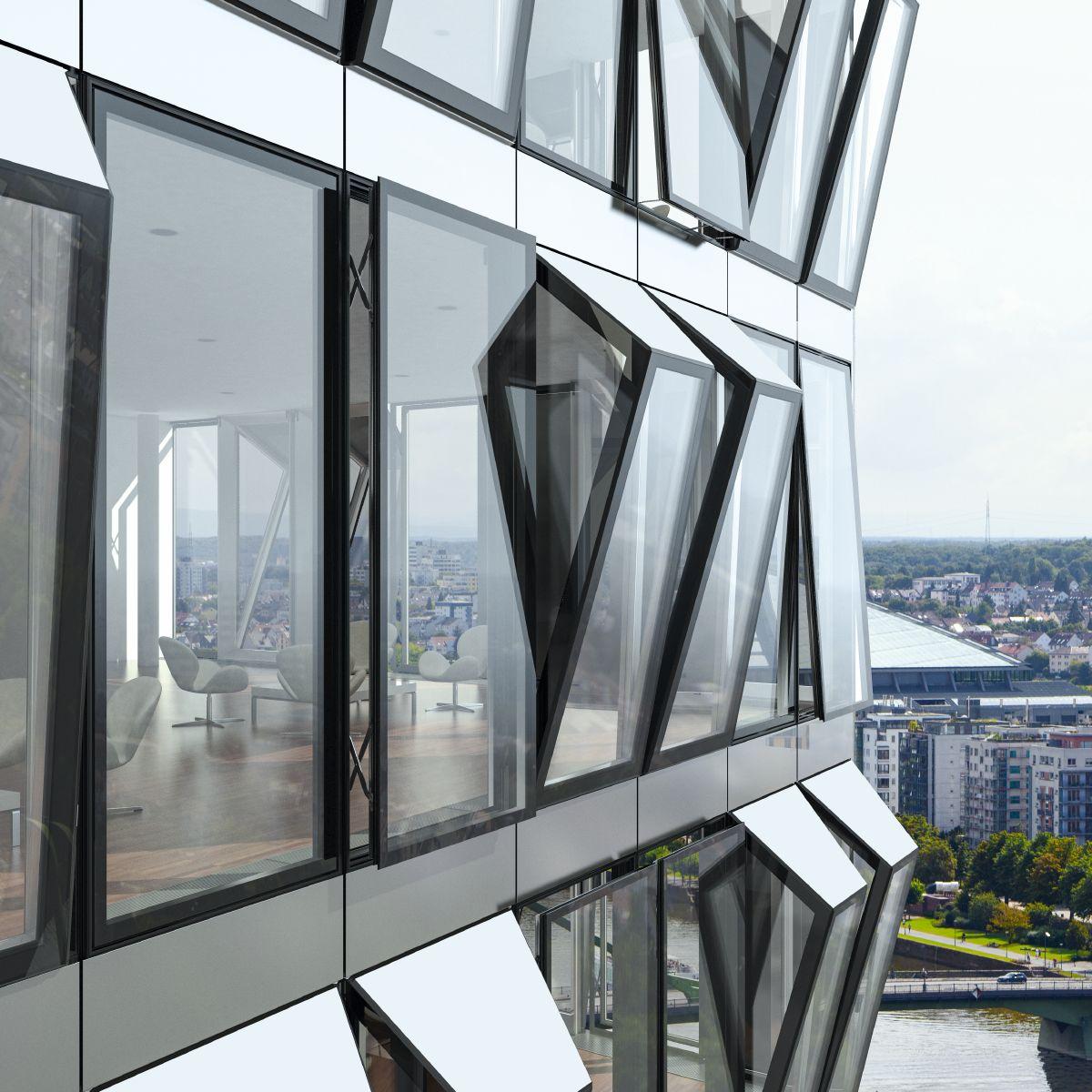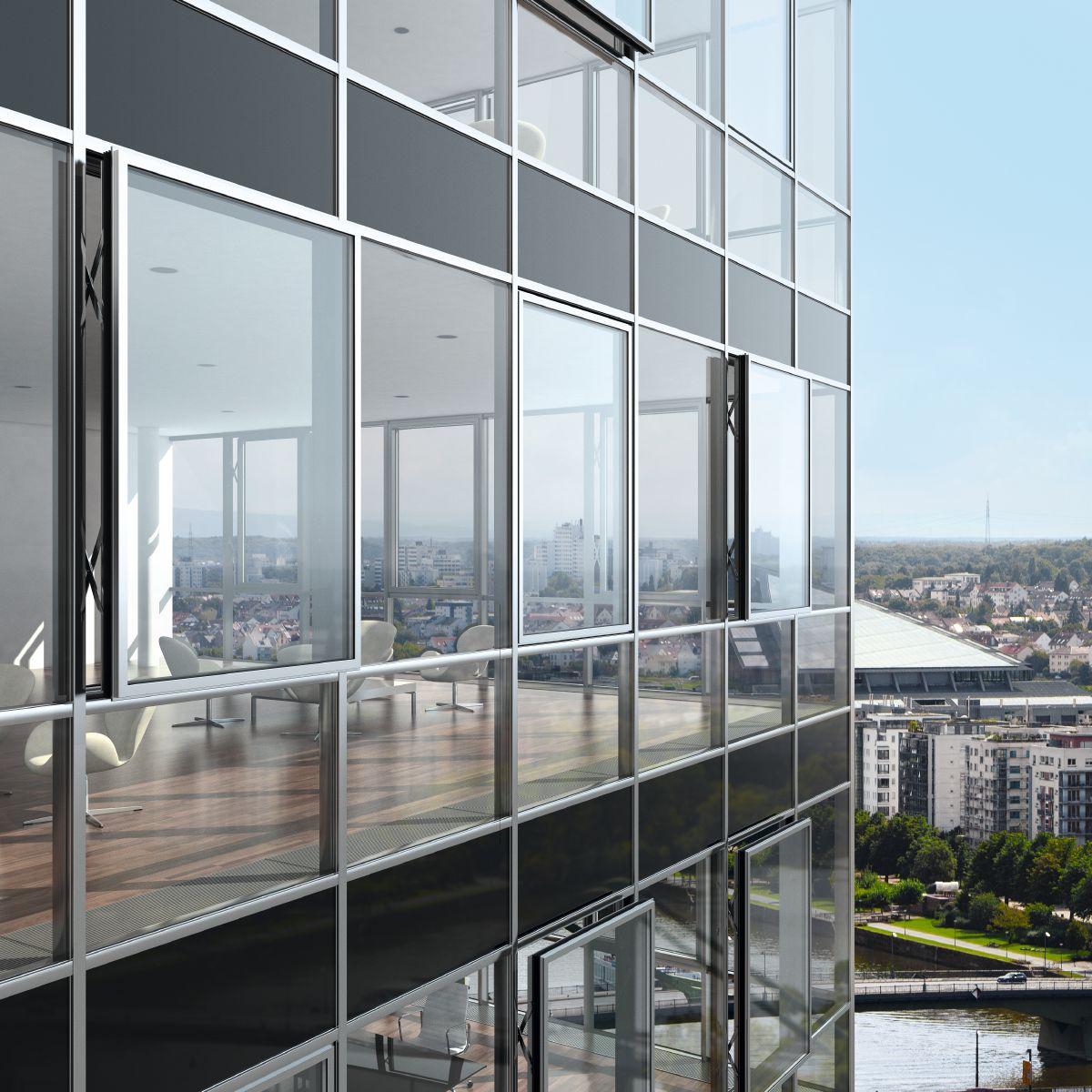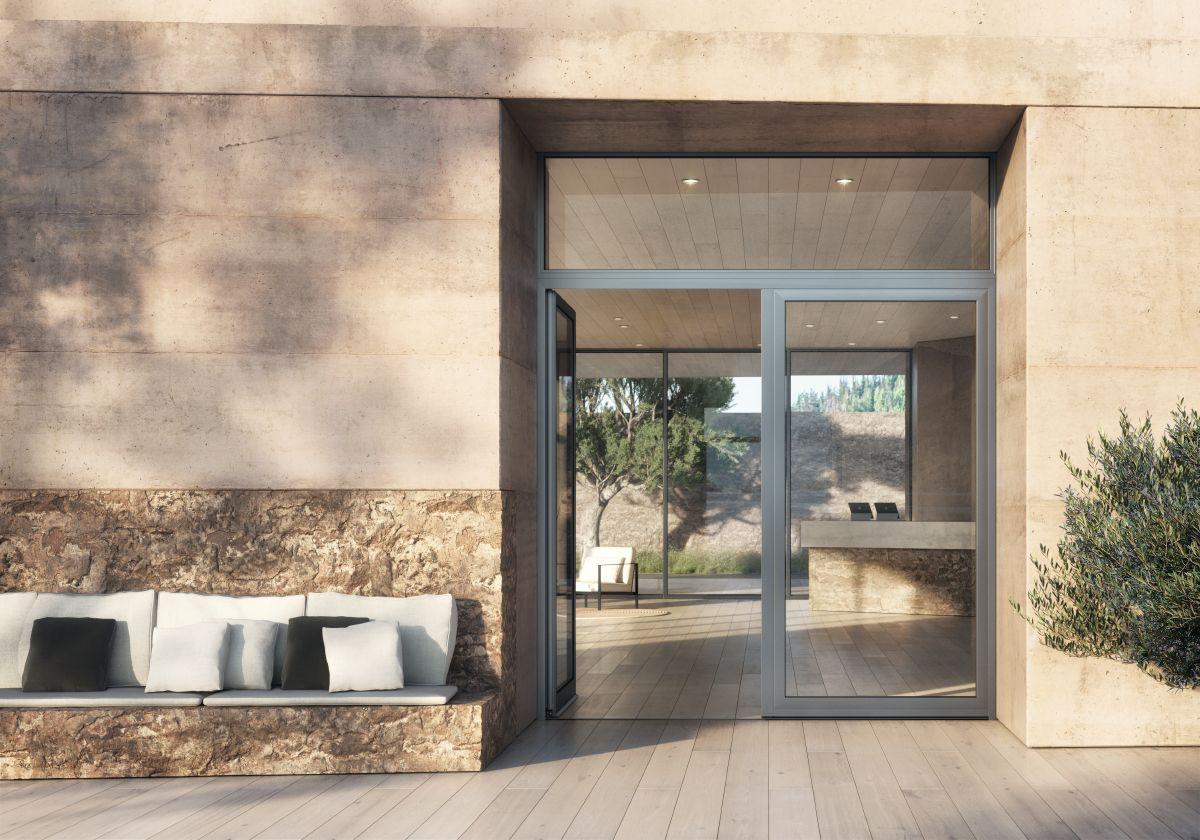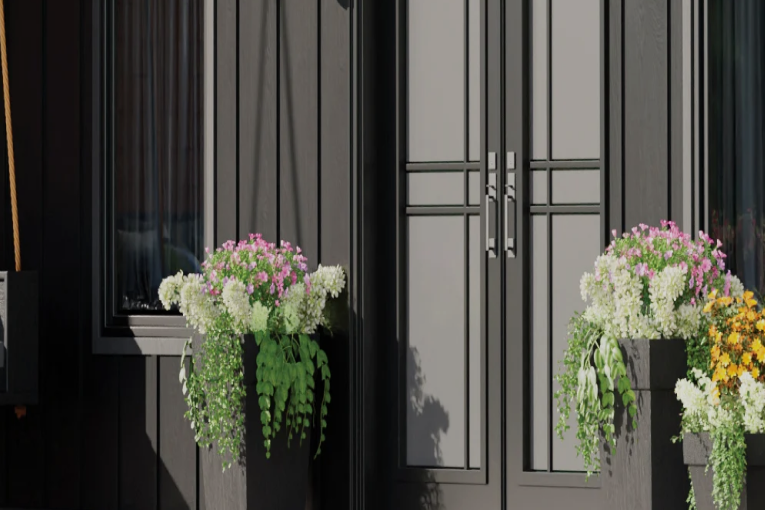Material-based curtain walls have revolutionized modern architecture by offering a perfect blend of aesthetics, durability, and energy efficiency. Among the various materials available, glass and aluminum curtain walls stand out as the most popular choices for commercial and residential buildings. These materials provide a sleek and contemporary appearance while ensuring structural performance and environmental sustainability. In this article, we will explore different aspects of glass and aluminum curtain walls, their benefits, applications, and installation considerations.
Glass vs. Aluminum Curtain Walls: Key Differences
While both glass and aluminum curtain walls are integral to modern facades, they differ in several key aspects:
| Feature | Glass Curtain Wall | Aluminum Curtain Wall |
|---|
| Appearance | Transparent, sleek, and modern look | Metallic finish with custom coatings |
| Insulation | Requires special coatings for energy efficiency | Naturally good insulator with thermal breaks |
| Weight | Heavier due to glass panels | Lightweight and easy to handle |
| Maintenance | Requires regular cleaning | Low maintenance and corrosion-resistant |
| Cost | Generally higher due to specialized glass | More cost-effective and durable |
Choosing the right material depends on project requirements, aesthetics, and budget constraints.
Installation Considerations for Curtain Walls
Proper installation is crucial for the longevity and performance of curtain wall systems. Whether using glass or aluminum, the following factors should be considered:
- Structural Compatibility: Ensuring the building structure can support the weight and design of the curtain wall.
- Weatherproofing: Using high-quality gaskets, sealants, and drainage systems to prevent water infiltration.
- Thermal and Acoustic Insulation: I ncorporating insulated glass and thermal breaks in aluminum frames to enhance energy efficiency.
- Safety Regulations: Compliance with local building codes regarding fire resistance, wind loads, and seismic performance.
- Professional Installation: Hiring experienced contractors to ensure precision and avoid structural failures.
A well-installed curtain wall can significantly improve a building’s energy performance and curb appeal.
Conclusion
Glass and aluminum curtain walls are leading choices for architects and builders looking to create sleek, energy-efficient, and durable building facades. Glass curtain walls provide transparency and aesthetic appeal, while aluminum curtain walls offer strength, flexibility, and sustainability. By understanding the differences, benefits, and installation requirements, you can make an informed decision that best suits your project needs.
FAQs
1. Are glass curtain walls energy-efficient?
Yes, modern glass curtain walls use insulated glazing and low-E coatings to enhance energy efficiency.
2. What is the lifespan of an aluminum curtain wall?
Aluminum curtain walls can last 40-50 years with proper maintenance and care.
3. Can aluminum curtain walls be customized?
Yes, aluminum frames can be customized with various colors, finishes, and shapes to match design requirements.
4. How do you maintain a glass curtain wall?
Regular cleaning, sealant inspections, and frame checks help maintain the performance and appearance of glass curtain walls.
5. Are curtain walls suitable for residential buildings?
Yes, they are increasingly used in luxury homes and apartments to create a modern and stylish appearance.





